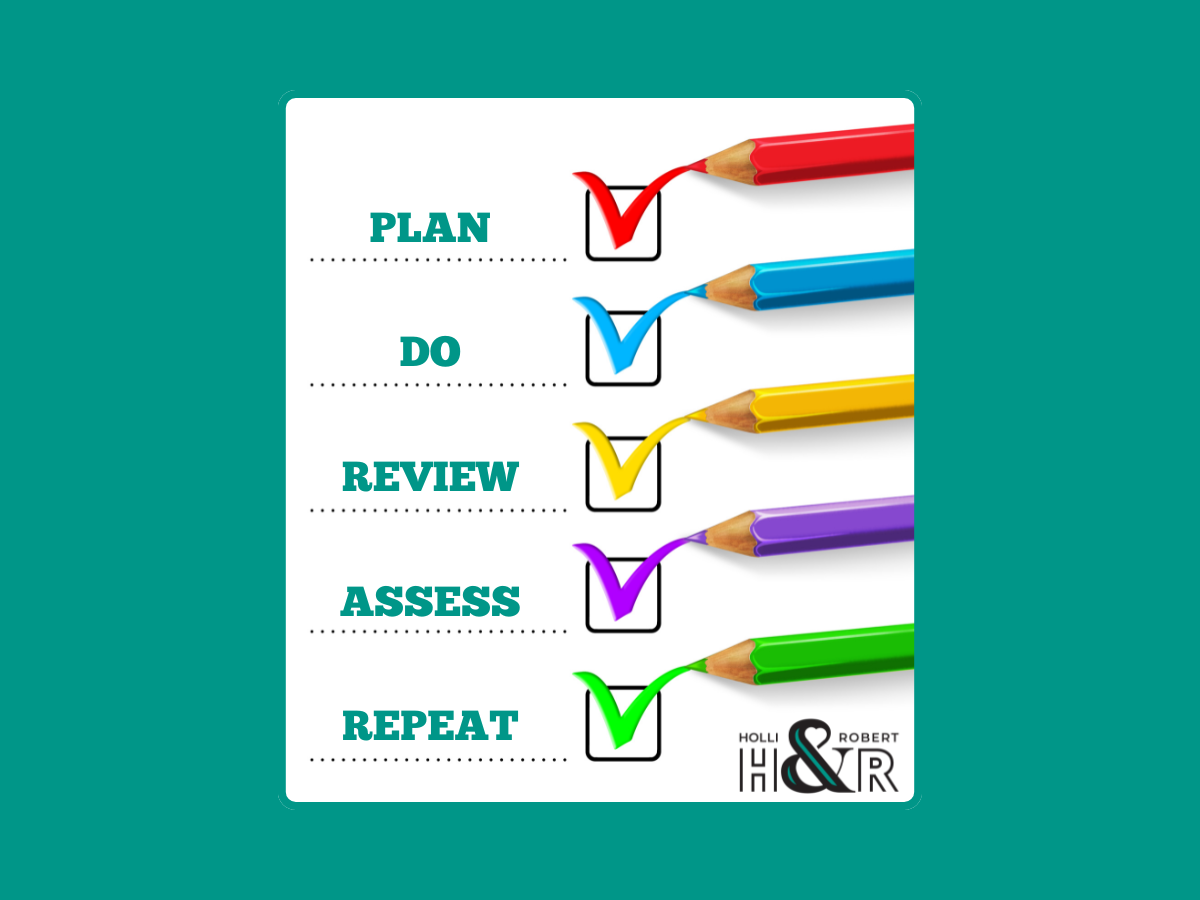Performance excellence is the cornerstone of success for startups and new brands, and mastering it requires a strategic, iterative approach. By embracing the cycle of “Plan. Do. Review. Assess. Repeat,” we can effectively integrate performance competencies into our business strategies to not only manage expectations but also achieve extraordinary results. As experienced mentors and trusted advisors, we understand the unique challenges and exhilarating opportunities that come with launching a new venture. Together, let’s explore the essential framework for performance excellence that will empower us to inspire, innovate, and excel in our entrepreneurial journeys.
Building a Blueprint for Success
Establishing Clear Goals
Our journey toward excellence starts with setting clear goals. These goals provide direction and purpose, guiding our strategic planning. We use the SMART criteria—Specific, Measurable, Achievable, Relevant, and Time-bound—to ensure our goals are focused and achievable. Having clear goals also allows us to track progress and make necessary changes along the way. Flexibility is crucial in the fast-paced startup world. By setting these goals, we unite our team and set the stage for strong growth and success.
Allocating Resources Wisely
Smart resource allocation is vital for achieving our goals. We make sure to use our financial, human, and technological resources effectively, always considering return on investment. Startups often have limited resources, so we prioritize based on what will contribute most to our goal attainment. This careful allocation is essential for navigating the startup world’s challenges and opportunities. By managing resources well, we prepare for immediate needs and future growth.
Setting Milestones and Deadlines
Milestones and deadlines help us keep track of progress and sustain momentum. Breaking down goals into smaller milestones gives us checkpoints to celebrate, while deadlines keep us on task and motivated. By integrating these elements into our planning, we create a steady and adaptable pace toward achieving our goals. They keep everyone focused and energized as we work toward our collective vision.
Executing with Precision
Putting Plans into Action
Turning plans into action is crucial. Everyone must understand the strategy and their role in it. Clear communication and collaboration are essential. Staying flexible during execution allows us to adapt to new findings and unexpected obstacles. Project management tools help keep us on track. Regular updates and celebrating small achievements maintain team focus and morale.
Boosting Teamwork
Strong teamwork is at the heart of successful execution. Open communication and collaborative tools can help everyone stay on the same page and contribute their best ideas. A respectful and inclusive culture boosts morale and results. By working together effectively, we can innovate, solve problems, and exceed our strategic targets.
Monitoring Progress
Keeping an eye on progress ensures we’re on the right path. We watch key performance indicators (KPIs) and milestones to make sure we’re meeting our goals. Data analytics provide us with insights to make informed decisions. Regular check-ins and celebrating each step keep everyone accountable and motivated. This ongoing monitoring helps us adjust our strategies and stay agile.
Reviewing and Refining
Evaluating Performance
Analyzing our outcomes helps us understand what’s working and what isn’t. We look at sales numbers, ROI, and feedback from our teams and clients to get a full picture. Using tools like SWOT (Strengths, Weaknesses, Opportunities, Threats) analysis, we identify areas for improvement and successful strategies worth repeating. Regular reviews promote learning and continuous improvement.
Identifying Strengths and Growth Opportunities
Understanding our strengths and weaknesses helps us improve. Feedback from everyone involved gives us a clear view of how we’re doing. SWOT analysis again is useful here, as it helps differentiate our strong points from our weaker ones. By knowing these, we can use our strengths to our advantage and address our weaknesses, setting us up for long-term success.
Collecting and Using Feedback
Gathering feedback is crucial. We use surveys, meetings, and other methods to get honest input from customers, team members, and partners. It’s important to create an environment where people feel safe to share their thoughts. We examine all feedback and use it to improve our performance, staying aligned with stakeholder needs and expectations.
Advancing and Enhancing
Adjusting Strategies
Reviewing our performance and feedback is just the start; we must adjust our strategies accordingly. This might mean reevaluating our goals, changing our methods, or redoing our resource allocation. Being agile and ready to change course is key to staying competitive. Regular strategy meetings help us discuss our performance, consider feedback, and make strategic adjustments.
Prioritizing Continuous Learning
Staying informed about the latest industry trends and practices is essential. We promote ongoing learning and development through access to resources like online courses and conferences. Learning from our experiences—both successes and failures—helps keep our team sharp. By fostering a culture of continuous improvement, we can tackle new challenges and keep our startup growing.
Celebrating Achievements
Acknowledging even the smallest successes matters. Whether it’s a quick mention in a meeting or a team reward, we make sure to celebrate progress. These small victories act as stepping stones towards larger goals, demonstrating progress and reinforcing the value of hard work. Ultimately, celebrating these milestones helps sustain momentum, keeps motivation high, and creates a positive culture that drives us toward higher goals and keeps our startup moving forward.



